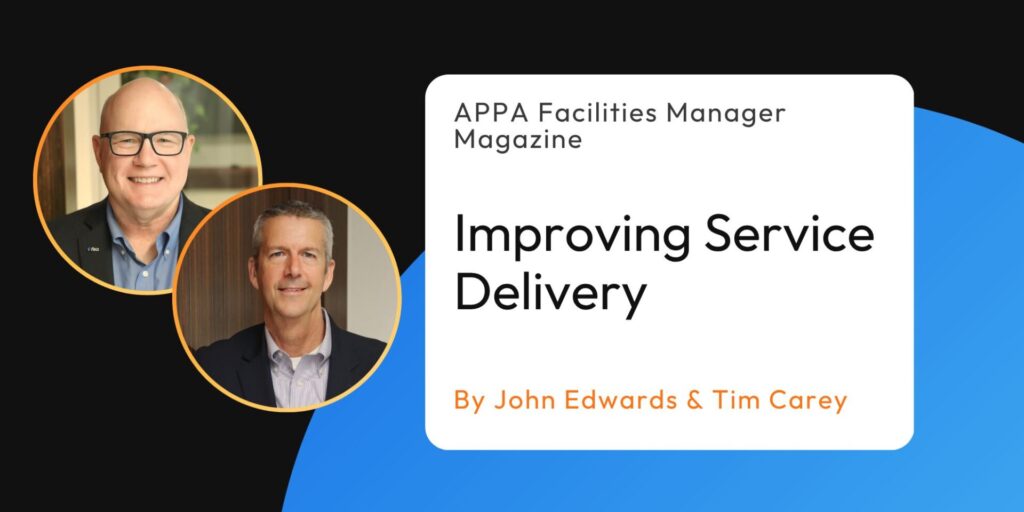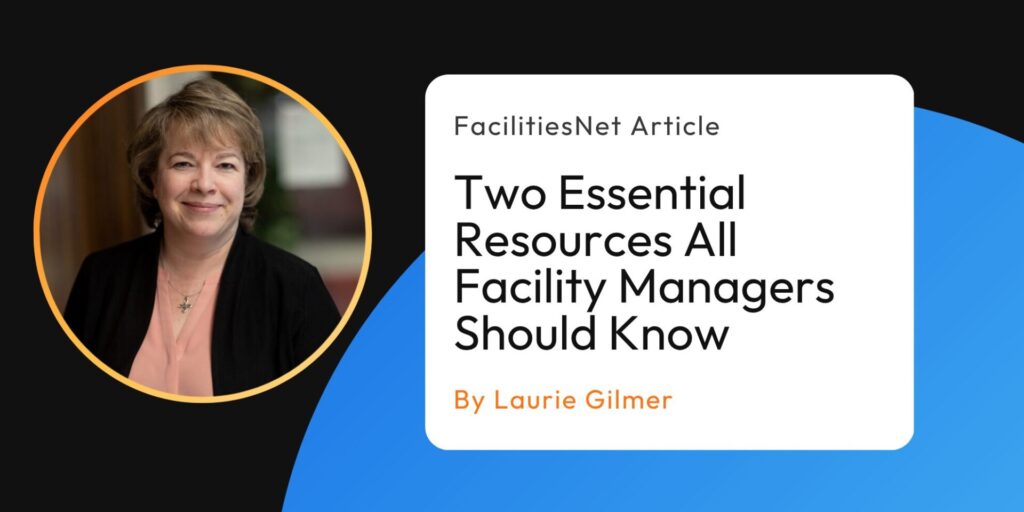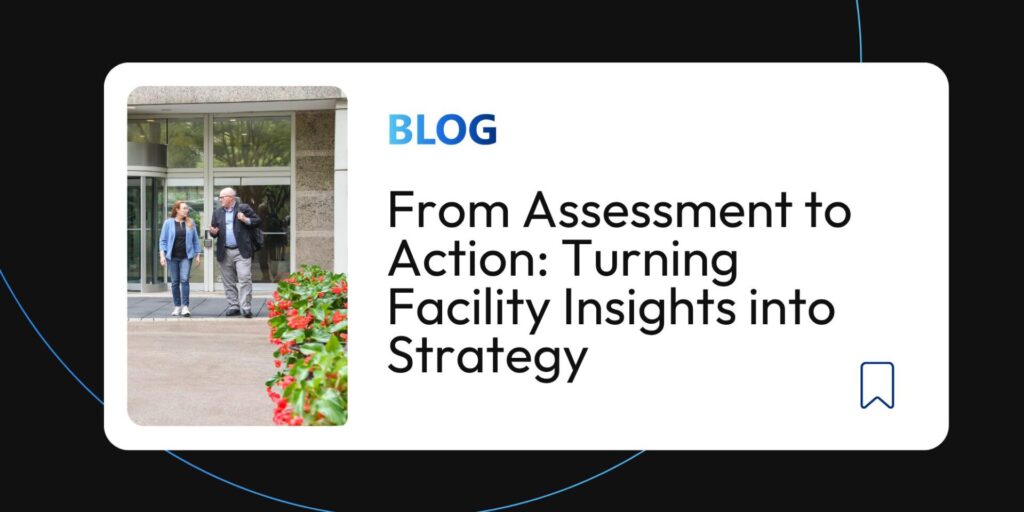Don’t Wait for Resilience to Find You: Building Resilient Facilities
Resilience in facility management is no longer a theoretical concept—it’s a strategic imperative. In his recent article for FM Professional magazine, published by IFMA’s Corporate Facilities Council, Steve Meador, CEM, SFP, LEED AP O+M, lays out a compelling argument for why facility professionals must proactively prepare for the evolving landscape of risks and disruptions. In “Don’t Wait for Resilience to Find You,” Meador delivers a powerful message: if resilience and building resilient facilities isn’t already part of your capital planning process, now is the time to act.
Resilience: Beyond Emergency Planning
Most facility managers are already doing resilience work, whether they call it that or not—maintaining COOP plans, handling physical security, or conducting emergency drills. But Meador emphasizes that today’s threats extend far beyond the traditional risks of workplace violence or equipment failure. Biological hazards, cybersecurity threats, energy instability, and, critically, climate-driven natural hazards are all rising in scope, severity, and frequency.
FM professionals must expand their view of resilience to include not just disaster response, but strategic preparation and recovery from a wider range of disruptive events.
The Data Doesn’t Lie: Natural Hazards Are Escalating
Meador draws on powerful data from NOAA showing a sharp increase in costly weather events—so-called “Billion-Dollar Disasters.” In 2023 alone, 17 severe storm events were recorded, and 2024 is already catching up. These figures reinforce that resilience planning isn’t about “if,” but when disruption will occur.
Climate change is intensifying familiar threats like hurricanes and floods, while also introducing less predictable hazards like pluvial flooding—localized flooding due to sudden heavy rainfall—or the growing spread of wildfire smoke into previously unaffected regions. Add in extreme heat, and the picture becomes clear: facility leaders can’t afford to treat these as rare, distant events.
From Risk Awareness to Strategic Action
What makes Meador’s article especially actionable is his focus on integrating resilience into capital planning. Rather than scrambling in response to damage, facilities should be proactively identifying resilience measures that:
-
Improve passive survivability
-
Strengthen building envelopes
-
Mitigate long-term operational disruptions
-
Align with renewal and maintenance cycles
This means planning upgrades—like elevating mechanical systems out of flood-prone areas or replacing brittle skylights with impact-resistant glazing—not when disaster strikes, but before, ideally timed with regular system replacement cycles.
Co-Benefit Projects: The Sweet Spot of Resilience
Some of the most compelling examples in the article are what Meador calls “two-fer” investments—resilience upgrades that offer immediate operational benefits. For instance:
-
Microgrid systems reduce dependency on the power grid and lower energy costs.
-
Fire-resistant insulation improves building performance and reduces fire risk.
These projects help justify upfront investments by delivering ROI even without a disaster event.
Insurance, Compliance, and the Financial Case for Resilience
With insurance markets tightening—especially in high-risk areas—resilience investments are also becoming a way to maintain coverage and reduce premiums. Meador walks readers through the COPE framework (Construction, Occupancy, Protection, Exposure), which insurers use to assess risk and set rates.
By proactively addressing vulnerabilities and documenting resilience measures, facility managers may improve their standing with insurers while protecting critical infrastructure.
Tools You Can Use: PRA and Beyond
The article also previews the ASTM Standard Guide for Property Resilience Assessments (PRA), which provides a structured way to evaluate hazard risks and identify mitigation strategies. Even without the final guide in hand, Meador outlines a simple, practical approach facilities can begin using today—combining public tools like FEMA’s National Risk Index with site-specific assessments and basic cost-benefit analysis.
Bottom Line: Build Resilience Before You Need It
Stephen Meador closes with a clear and urgent takeaway: failing to act now puts lives, assets, and operational continuity at risk. Resilience planning doesn’t just protect facilities from disaster—it also supports long-term organizational success by reducing downtime, safeguarding occupants, and strengthening trust with stakeholders.
In a rapidly changing world, resilience can’t be reactive. It must be embedded into your planning, budgeting, and decision-making from the start. As Meador puts it best: Don’t wait for resilience to find you.
Read the full article, here.



